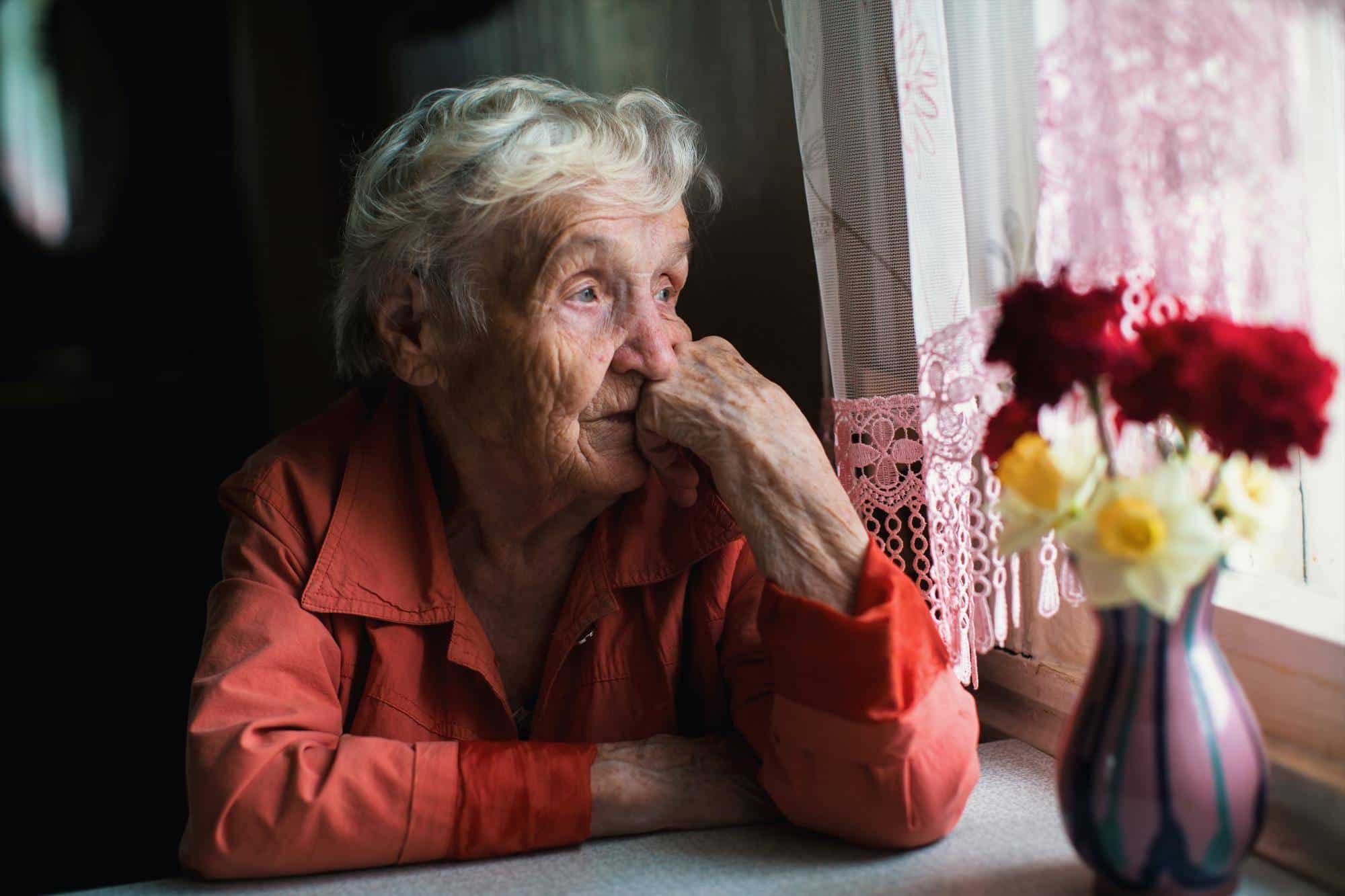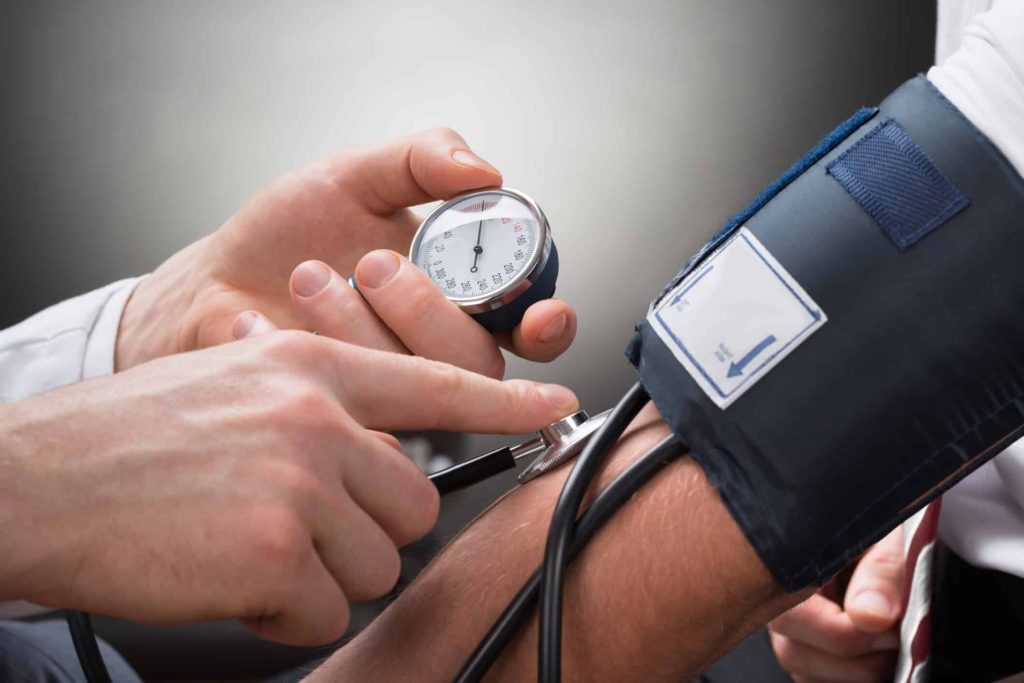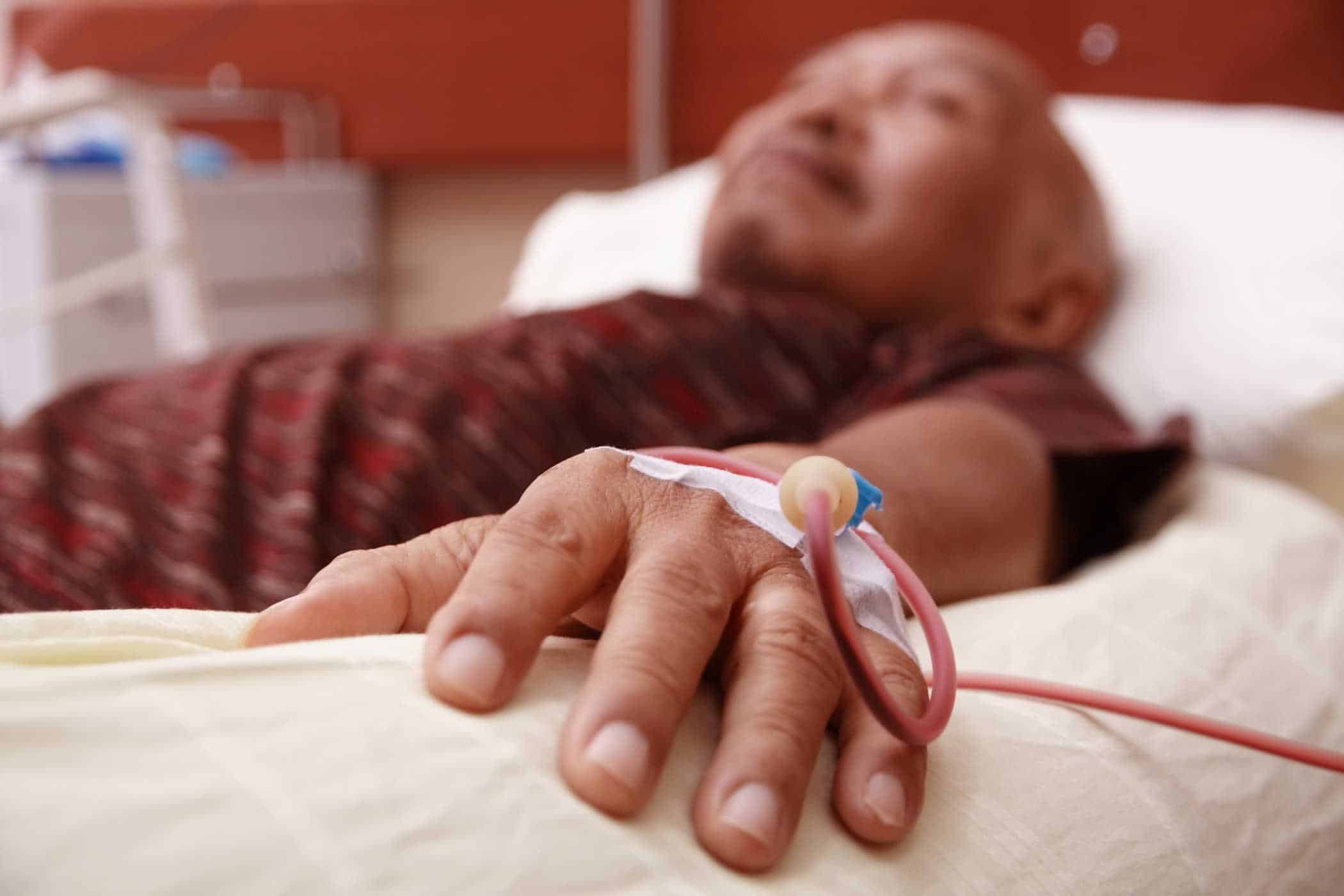Age, family genetics, and gender make it nearly impossible for older adults to avoid becoming a chronic disease statistic. Eighty percent of adults 65 and older have at least one condition, while 68% have two or more. You probably have a parent or grandparent who is managing a condition right now, or perhaps you are managing one yourself. Here are the top 10 Chronic Conditions in Adults 65 or more that you need to know. We also list what you can do to prevent or manage them.

No. 10 – Chronic obstructive pulmonary disease (COPD)
There are 11% of older adults were treated for COPD, a disease that includes two main conditions—emphysema and chronic bronchitis. Additionally, COPD makes it hard to breathe and causes shortness of breath, coughing, and chest tightness, as well.
- In fact, the number one way to prevent COPD—or slow its progression—is to quit or avoid smoking. Also try to avoid secondhand smoke, chemical fumes, and dust, which can surely irritate your lungs.
- So, if you already have COPD, you should complete the treatments that your doctor has prescribed, and also get the flu and pneumonia vaccines as recommended by your doctor, and continue to remain active.

No. 9 – Alzheimer’s disease and dementia
At the same time, 11% of older adults on Medicare have treated for Alzheimer’s Disease or another form of dementia. Alzheimer’s Disease is also one specific type of dementia, a condition that causes memory loss and difficulty thinking or problem-solving to the point that it interferes with everyday activities. Indeed, dementia is not a normal part of aging and is caused by changes in the brain over time.
It should be noted that the biggest risk factors for these conditions are things you often can’t control, including age, family history, and genetics. However, studies have suggested incorporating the following habits into your lifestyle could slow or prevent onset.
- Exercise. It’s clear that staying active isn’t just good for your heart; it’s also great for your brain.
- Sleep. Your brain does important stuff while you are sleeping, so getting at least 7 hours of deep sleep a night is crucial
- Be smart about your diet. Research suggests that some foods can negatively affect your brain

No. 8 – Depression
Apart from this, there are 14% of older adults seeking treatment for depression – it is a treatable medical condition that is not a normal part of aging. Depression as well causes persistent feelings of sadness, pessimism, hopelessness, fatigue, difficulty making decisions, changes in appetite, a loss of interest in activities, and more.
Steps you can take to help with depression include:
- Manage stress levels. Reach out to family and friends during rough spells and consider regular meditation
- Eat a healthy diet. It’s obvious that what you put into your body can affect your mood, so focus on foods that are high in nutrients and promote the release of endorphins and those “feel good” chemicals, and also limit consumption of things like alcohol, caffeine, artificial sweeteners, and highly processed foods.
- Routine exercise. Exercise as well as a number of physical and psychological benefits, including improving your mood through the release of endorphins and other “feel good” brain chemicals, boosting self-confidence and self-worth through meeting goals and improving your physical appearance, and increased socialization through interactions at gyms and group classes too.
- Talk to your doctor. So, if you’ve experienced any of the warning signs of depression, talk to your doctor, and ask about your treatment options. Antidepressant medications or psychotherapy could be right for you.

No. 7 – Heart failure
Additionally, 14% of older adults were treated for heart failure — a condition that occurs when the heart cannot adequately supply blood and oxygen to all of the organs in the body. The heart might become enlarged, develop more muscle mass, or pump faster in order to meet the body’s needs, causing you to feel tired, light-headed, nauseous, confused, or lack an appetite as well. So, the best prevention is to follow a doctor’s recommendations to decrease your risk of coronary heart disease and high blood pressure.

No. 6 – Chronic kidney disease (CKD)
It’s clear that 18% of older adults were treated for CKD or a slow loss in kidney function over time. People dealing with CKD have an increased risk of developing heart disease or kidney failure. You can surely do the following to prevent or diminish symptoms of CKD:
- Understand what damages your kidney. It should be noted that diabetes and high blood pressure are the greatest risk factors for kidney damage, so taking steps to prevent these diseases is your best strategy
- Early detection and treatment. Talk to your doctor regularly, stay current on screenings, and keep up on prescriptions you need to diminish symptoms.

No. 5 – Diabetes
27% of older adults were treated for diabetes – a disease that will occur when your body is resistant to or doesn’t produce enough, insulin. Insulin is what your body uses to get energy from food and distribute it to your cells. So, when this doesn’t happen, you will get high blood sugar, which can lead to complications such as kidney disease, heart disease, or blindness. Chances of having diabetes increase particularly after the age of 45.
So, to keep you from developing diabetes or to manage this condition, your doctor may suggest:
- Eating a healthy diet, including monitoring your carbohydrate and calorie intake, and talking to your doctor about alcohol consumption
- Exercising for 30 minutes five times a week to keep your blood glucose levels in check, and to control weight gain
- Safely losing 5-7% of body weight if you are diagnosed with pre-diabetes.

No. 4 – Ischemic heart disease (or coronary heart disease)
There are 29% of older adults were treated for ischemic heart disease – a condition that is caused by a build-up of plaque that narrows the arteries leading to the heart. It will narrow or blocked arteries decreases the amount of oxygen-rich blood delivered to the heart. This can cause other complications like blood clots, angina, or a heart attack as well.
Habits you can incorporate to help:
- Refrain from saturated and trans fats, and limit sugar and salt intake
- Get 7-8 hours of sleep each night
- Keep your stress levels in check
- Do regular cardio exercises
- Abstain from smoking
- Talk to your doctor about the major risk factors, including high cholesterol and high blood pressure

No. 3 – Arthritis
31% of older adults were treated for arthritis – an inflammation of your joints, which causes pain and stiffness and is more common especially in women.
There are steps you can take to delay the onset of arthritis or manage the symptoms, including:
- It’s important to do exercise at least 5 times per week, for 30 minutes each time to improve function and decrease pain. Try to include a mixture of aerobic, strength-building and stretching movements.
- Stay within the recommended weight for your height—losing one pound can remove four pounds of pressure on your knees
- Make sure your back, legs and arms are always supported
- Take precautions to avoid joint injuries
- Do not smoke

No. 2 – High cholesterol
47% of older adults were treated for high cholesterol – a condition that occurs when your body has an excess of bad fats (or lipids), resulting in your arteries getting clogged, which can lead to heart disease.
Indeed that lifestyle factors you can control when it comes to preventing or managing high cholesterol include:
- Abstaining from smoking and excessive alcohol consumption
- Being active each day
- Managing your weight
- Minimizing saturated fats and trans fats in your diet

No. 1 – Hypertension (high blood pressure)
It’s true that 58% of older adults were treated for hypertension – a common condition that involves both how much blood your heart pumps, as well as how resistant your arteries are to the blood flow. When your heart pumps a lot of blood, and you have narrow arteries which resist the flow, that’s when you get high blood pressure, also known as hypertension. The danger of hypertension is not only that you can have it for years and not know it, but it can cause other serious health conditions, like stroke and heart attacks.
Things you can do to try to prevent or reduce, high blood pressure includes:
- Maintaining a healthy weight. Losing just ten pounds can reduce blood pressure
- Regulate your stress levels
- Limit salt and alcohol consumption
- Exercise daily, including a combination of moderate to vigorous-intensity aerobic activities, flexibility and stretching, and muscle strengthening
- Check your blood pressure regularly—the quicker you catch pre-hypertension, the more likely you are to prevent high blood pressure
When these tactics aren’t enough
The above tips can help you avoid or successfully manage a chronic condition. However, if you or someone you know is struggling to manage a chronic condition, there are programs in your community that can help, like the Chronic Disease Self-Management Program (CDSMP). CDSMP is a 6-week, interactive, small-group workshop that helps participants build the skills necessary to control how chronic conditions affect their life.
Workshop sessions focus on the following topics:
- Dealing with fatigue, pain, frustration, or isolation
- Maintaining strength, flexibility, and endurance
- Managing medications
- Communicating with family, friends, and health professionals
- Healthy eating
Source: www.ncoa.org
We look forward to assisting you at home soon. Please call 630-225-0100 or set an appointment for free home care needs assessment.

